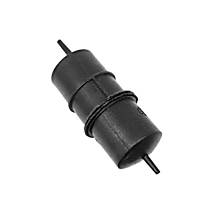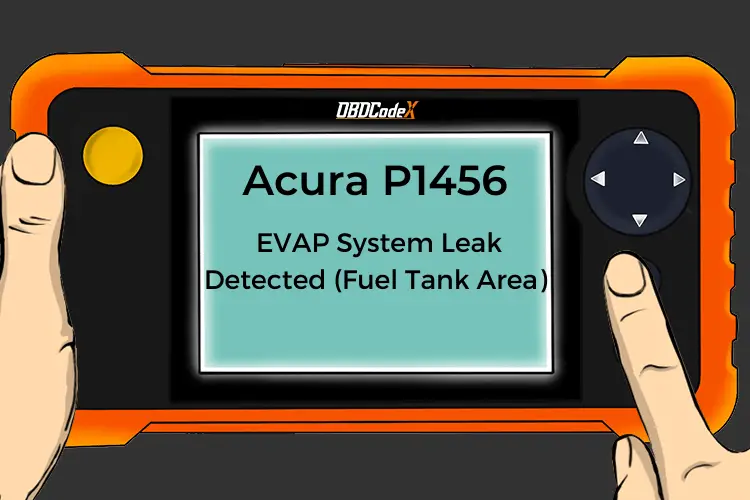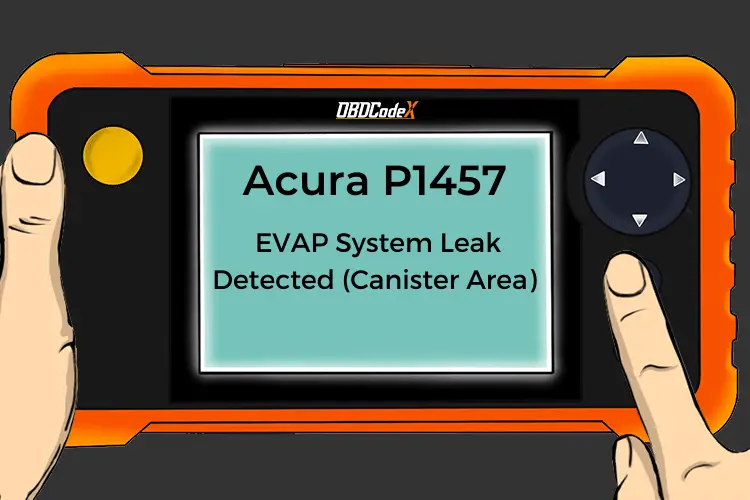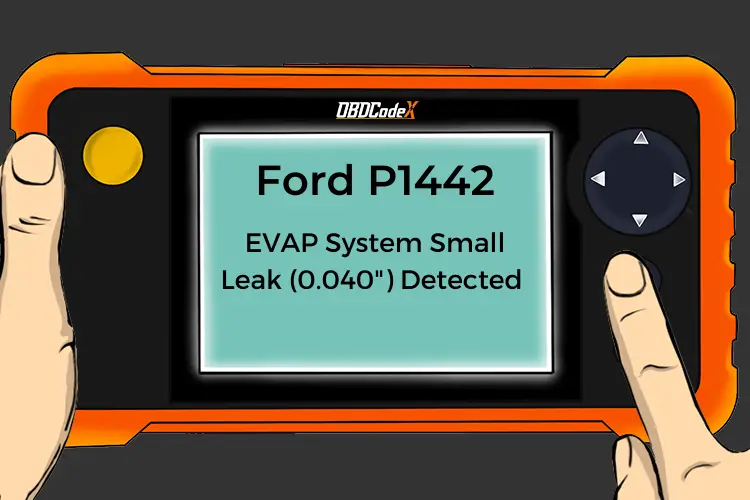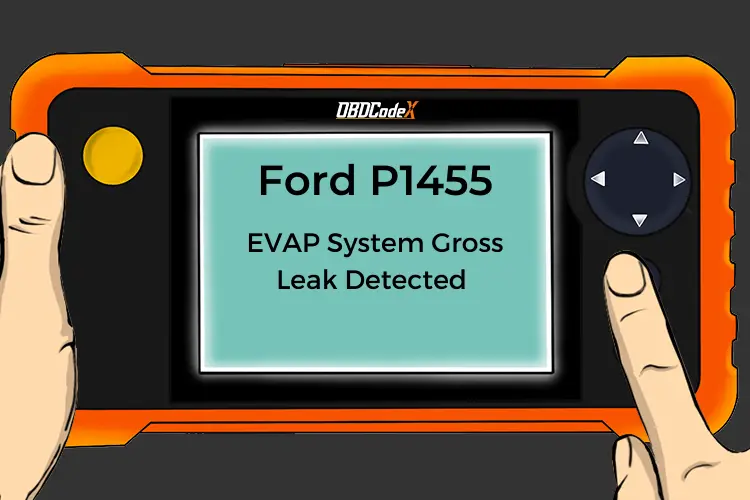P0457: Evaporative Emission Control System (EVAP) Leak Detected
Is your scanner showing P0457?
No worries. We'll show you what it means and how to deal with it.
P0457: Evaporative Emission Control System (EVAP) Leak Detected
OVERVIEWWhat Does The P0457 Code Mean?
Diagnostic trouble code (DTC) P0457 relates to a vacuum leak in the evaporative emission system used to prevent fuel vapor leaks into the atmosphere. Codes P0456and P0455are similar codes that refer to the degree of vacuum leaks from smallest to largest. The correction is similar in all circumstances.
This code doesn’t cause driveability problems, but should be corrected as soon as possible. This code states that a vacuum leak is present that compromises the evaporative emission system operation.
Automobiles require two types of controls over emissions – passive and active. The active portion relates to the fuel ratio control and the catalytic converter’s ability to convert carbon monoxide, oxides of nitrogen and hydrocarbons into harmless water and carbon dioxide.
The passive relates to this P0457 code. Fuel vapor accounts for 20 percent of the harmful emissions through evaporation. To prevent these vapors from entering the atmosphere they are contained within the fuel system and re-enter the engine via the intake manifold.
The evaporative emission system consists of the fuel tank, a vacuum hose to the charcoal canister for containing the fuel vapors, pressure sensor on the fuel tank, purge valve on the charcoal canister, vacuum hose to the filler neck shut off valve and vacuum hose from the charcoal canister purge valve to the intake manifold.
When the engine is off, the vent shutoff valve and canister purge valve are closed. The fuel can’t escape into the atmosphere. When the engine starts, the purge valve on the canister opens to allow the trapped fuel vapor to be drawn by engine vacuum into the intake manifold.
At the same time the vent shutoff valve also opens to allow a small amount of air to enter the canister and mix with the fuel vapor for a better mixture. Once vented and the pressure sensor in the tank shows a significant drop, both valves close sealing the system once again.
A major leak exists preventing the system from being drawn into a vacuum necessary to draw the fuel vapors into the engine to be burned.
Related evaporative emission trouble codes include P0450, P0451, P0452, P0453, P0454, P0455, P0456, P0457, and P0459.
What Are The Symptoms Of The P0457 Code?
The symptoms of a P0457 code will vary depending on the component or system causing the disruption in the fuel trim. Not all will be present simultaneously.
- Malfunction Indicator Lamp (MIL) illumination with P0457 DTC set
- There may be an occasional smell of fuel
- Fuel economy is effected as fuel is allowed to evaporate into the atmosphere
What Are The Potential Causes Of The P0457 Code?
The causes for this DTC may include:
- This code relates to a large leak. The most common cause is the gas cap. Either it was left loose, is cracked, lost or has a foreign object or dirt on the threads preventing a good seal.
- If the gas cap is not the cause, a hose may have rotted and cracked or possibly come off. The system is not subjected to abuse of any kind, so age and weather may be to blame.
- The vacuum canister may have cracked
How Can You Fix The P0457 Code?
Always go online and inquire into all the TSBs (technical service bulletins) associated with your vehicle and this code.
The emission system on most vehicles is covered under warranty for an extended period, from 80 too 100,000 miles. The reasoning relates to the fact that without causing driveability problems, many owner’s will neglect to repair such a problem.
- Inspect the gas cap. Look for dirt on the threads, cracks and general serviceability. Install it and make sure it clicks into place. If the gas cap was to blame, the check engine light can be reset with a simple code scanner, or the code will reset after three driving cycles where the computer no longer sees the problem.
- Raise the vehicle and inspect all the vacuum hoses. Replace any that are cracked or have lost their flexibility and will no longer create a tight fit on the port.
- Check the fitting on the intake manifold for cracks at the point the emission hose connects.
- Check the charcoal canister for cracks.
- Place a vacuum pump on the emission hose (engine side) and pump it up to around 10 inches of vacuum. If there is no leak the vacuum will hold its position. If it drops, a leak is present between the engine and the purge valve on the canister.
Recommended Parts
Below are some recommended auto parts to help you address the trouble code affecting your vehicle and get it running smoothly again:
Note: During the purchasing process, please check carefully whether the part you want to buy fits your car!
Check This Video For Reference
P0457 Infographic - 1 Minute Summary

Reference Sources
Diagnostic Trouble Code (DTC) Charts and Descriptions for P0457 – Page 74.

